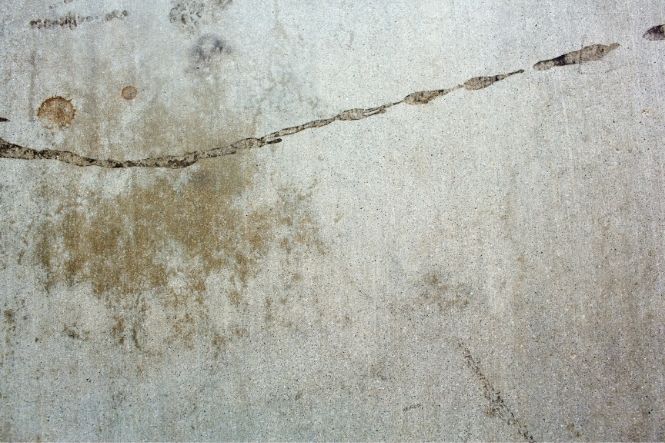Concrete driveways are durable, but they are not immune to developing cracks over time. This article provides a comprehensive guide on how to repair different types of cracks in your driveway.
If your driveway has narrow cosmetic cracks, you can restore its appearance by applying a high-quality resurfacing product. Quikrete’s Concrete Resurfacer is an excellent choice because it contains polymer modifiers and additives that bond well with existing concrete. However, before applying the resurfacer, you need to clean the driveway thoroughly with a high-power pressure washer. For best results, apply the product to small, workable sections, one at a time, and smooth it out with a long-handled squeegee.
If you have small cracks that are less than ¼ inch wide, you can seal them with Advanced Polymer Concrete Crack Sealant. This sealant is textured to blend into the existing driveway, making it less noticeable. Before you apply the sealant, clean the crack thoroughly, widen it with a hammer and chisel if necessary, and brush away any crumbling debris. This preparation work ensures that the sealant will bond well with the concrete.
Cracks along the edge of the driveway that are accompanied by crumbling can often be repaired using Quikrete’s Quick-Setting Cement mixed with Acrylic Fortifier. This mixture works well to restore the edge of the driveway to its original condition. For larger areas, Quikrete Polymer Modified Structural Repair is a great choice because it is easy to sculpt and shape to reform the edge.
If you notice wide, jagged cracks accompanied by heaving or settling, you may need to replace the entire slab. These types of cracks, which are wider than one inch and are not located in a control joint, could indicate an underlying structural problem. It is essential to address this type of crack promptly because it could cause significant damage to your driveway.
Separated control joints are another type of crack you may encounter. These joints serve to limit shrinkage cracks caused during the curing process or by future slab movement. If you notice cracking along a control joint, don’t worry because that’s the joint serving its purpose. However, if the joint widens and separates, it can detract from the overall appearance of your driveway. You can minimize the appearance of widened joints by filling them with Quikrete’s Advanced Polymer Self-Leveling Sealant.
In conclusion, repairing cracks in your driveway is a simple do-it-yourself project that can prevent more significant problems down the line. By identifying the type of crack you are dealing with and determining the underlying cause, you can choose the appropriate product to repair it. Remember, always follow the manufacturer’s instructions for the best results.


